TaylorMade Qi10 vs TaylorMade Stealth 2 Driver: Read Our Head-To-Head Verdict
How does the new TaylorMade Qi10 Driver compare to its predecessor, the Stealth 2? Here, we compare and analyse the two models
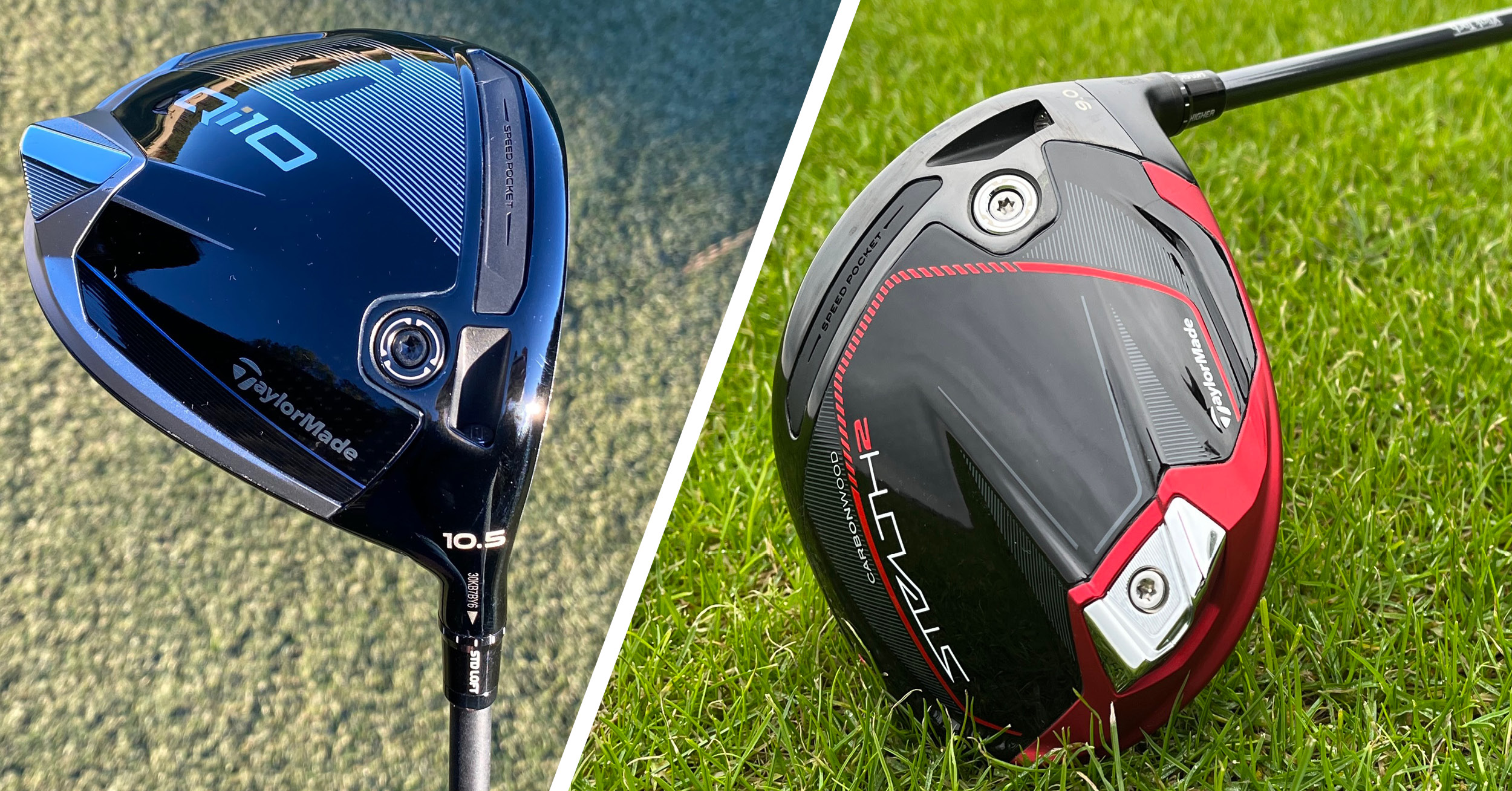

Matt Cradock

Combining the best bits of both the Max and LS models, the Qi10 is an exceptional all round performer that is extremely forgiving and will appeal to a broad spectrum of players. Although it has no moveable weights, TaylorMade have done an excellent job on performance.
For
- New rounded head shape is excellent
- Extremely forgiving at this spin level
- Will appeal to a broad spectrum
Against
- Only loft adjustability - no moveable weights
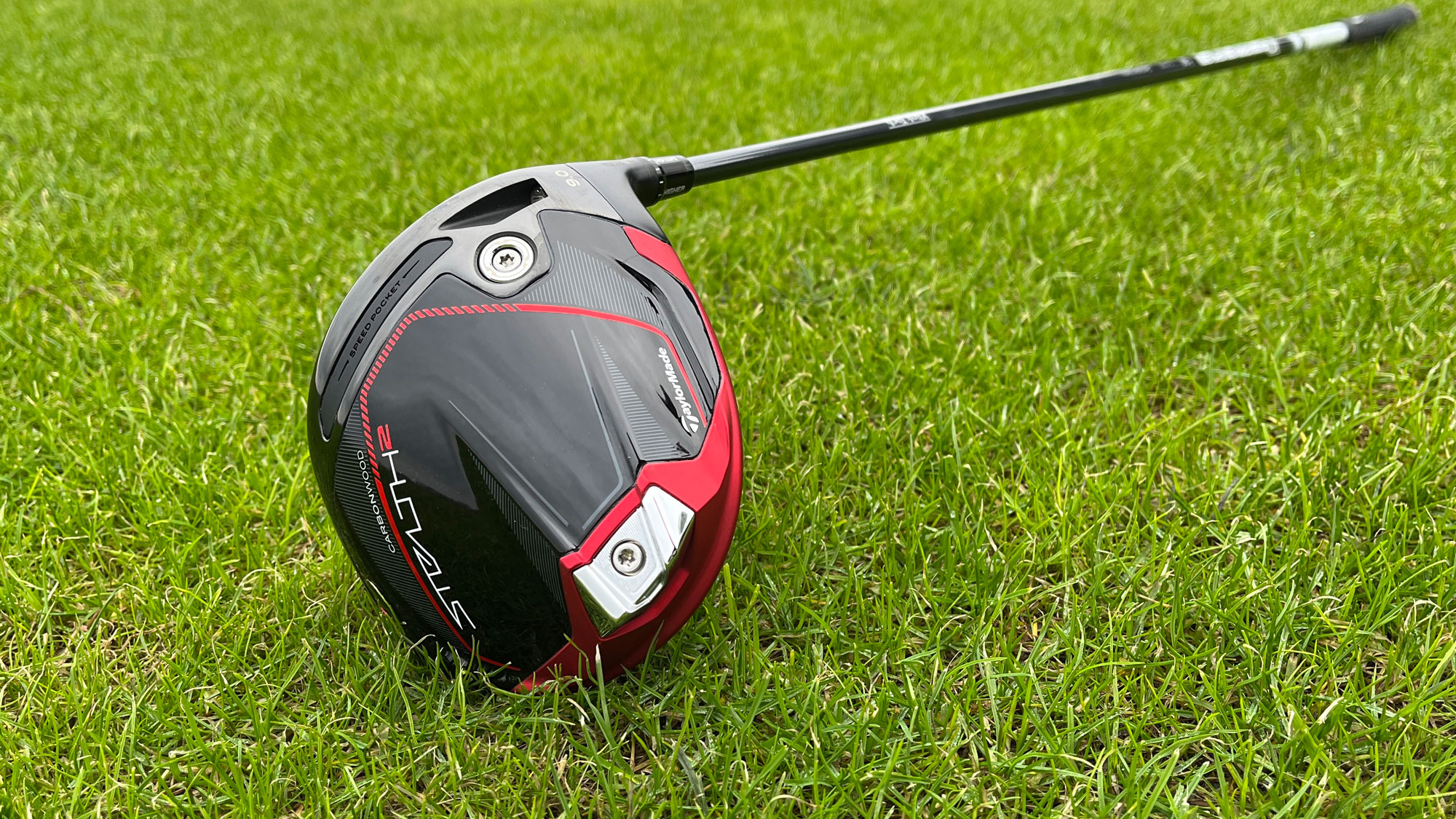
The Stealth 2 has been subtly improved over the original Stealth and is an impressive all-rounder that will appeal to a wide range of golfers. Providing improved ball flight consistency and a powerful feel, it's an excellent option that will suit a range of abilities.
For
- More user-friendly looks compared to previous generation
- Improved ball flight consistency
- Powerful feel
Against
- Minimal distance gains over the previous generation
TaylorMade Qi10 vs TaylorMade Stealth 2 Driver: Read Our Head-To-Head Verdict
Every year, manufacturers release new equipment to the market and, for 2024, we see TaylorMade replace its Stealth 2 range with the Qi10. Like previous years, there are various different heads available, with the company sticking to the standard Qi10, the Qi10 Max and Qi10 LS (Low Spin).
Both feature in the best TaylorMade drivers that money can buy and, if you are after the most forgiving drivers or the best golf drivers for distance, then you really can't go wrong with TaylorMade, who have been one of the most used and recognized brands in the golf world for some time.
So, how does the old Stealth 2 compare to its newest model, the Qi10? Well, both will suit the widest range of golfers and are likely to be the most popular models in the range so, after vigorous testing by Golf Monthly, we are able to compare the performance in this informative piece!
Technology
Like our Callaway Paradym Ai Smoke Max vs Callaway Paradym driver comparison, it's only right we begin with the newer Qi10, which sits in the middle of the range and is sandwiched between the Max and LS in terms of its spin and forgiveness levels. However, regarding technology, it's a pretty simple principle that TaylorMade have come up with, as the Qi10 is designed to maximise the MOI (Moment of Inertia) without compromising ball speed.
So, what's new and different compared to the Stealth 2? Well, we still see the 60X Carbon Twist Face, something which was introduced on the original Stealth in 2022, but TaylorMade have re-engineered it and provided a new supporting structure to promote faster ball speeds and improve the durability of the face.
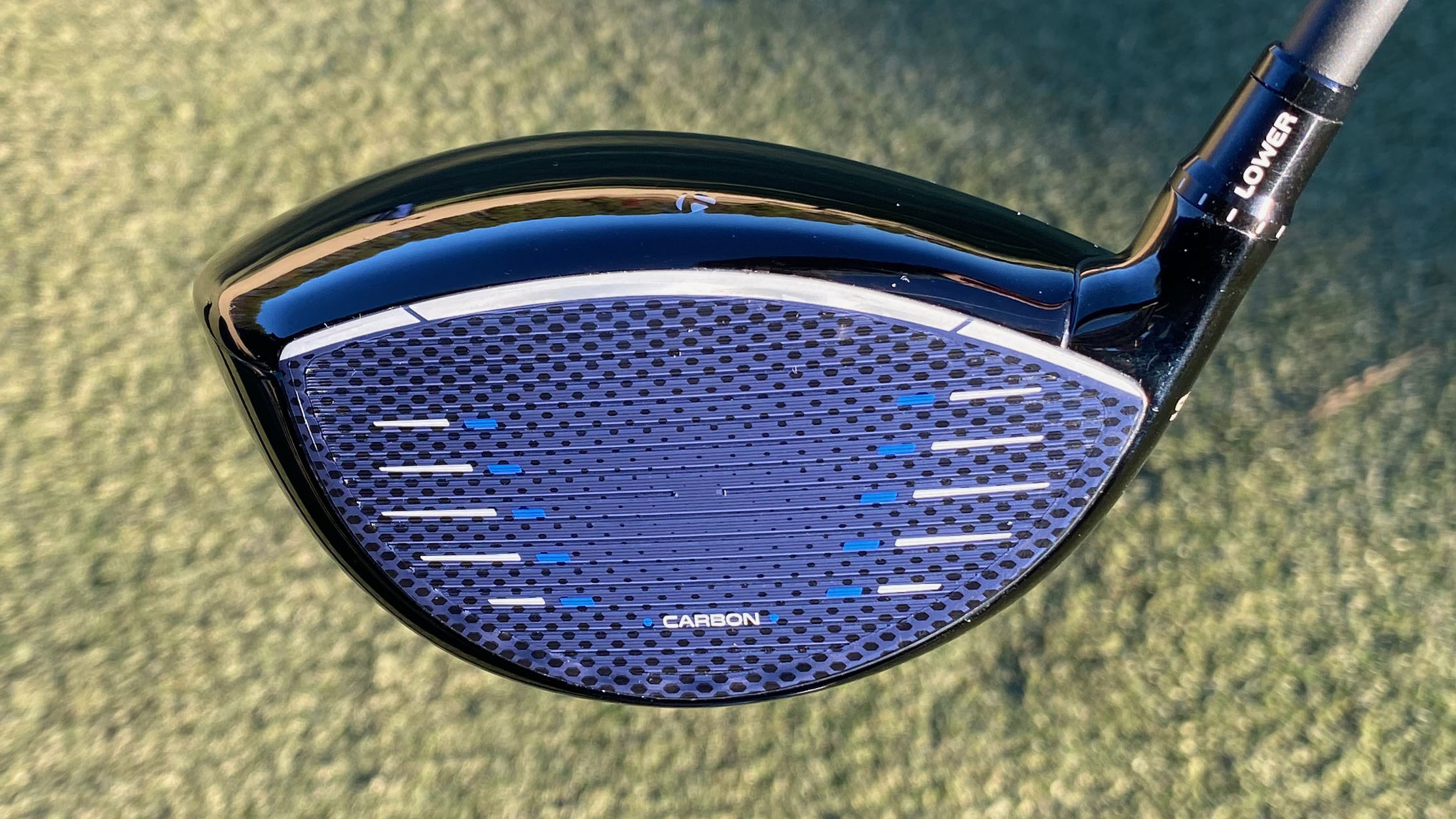
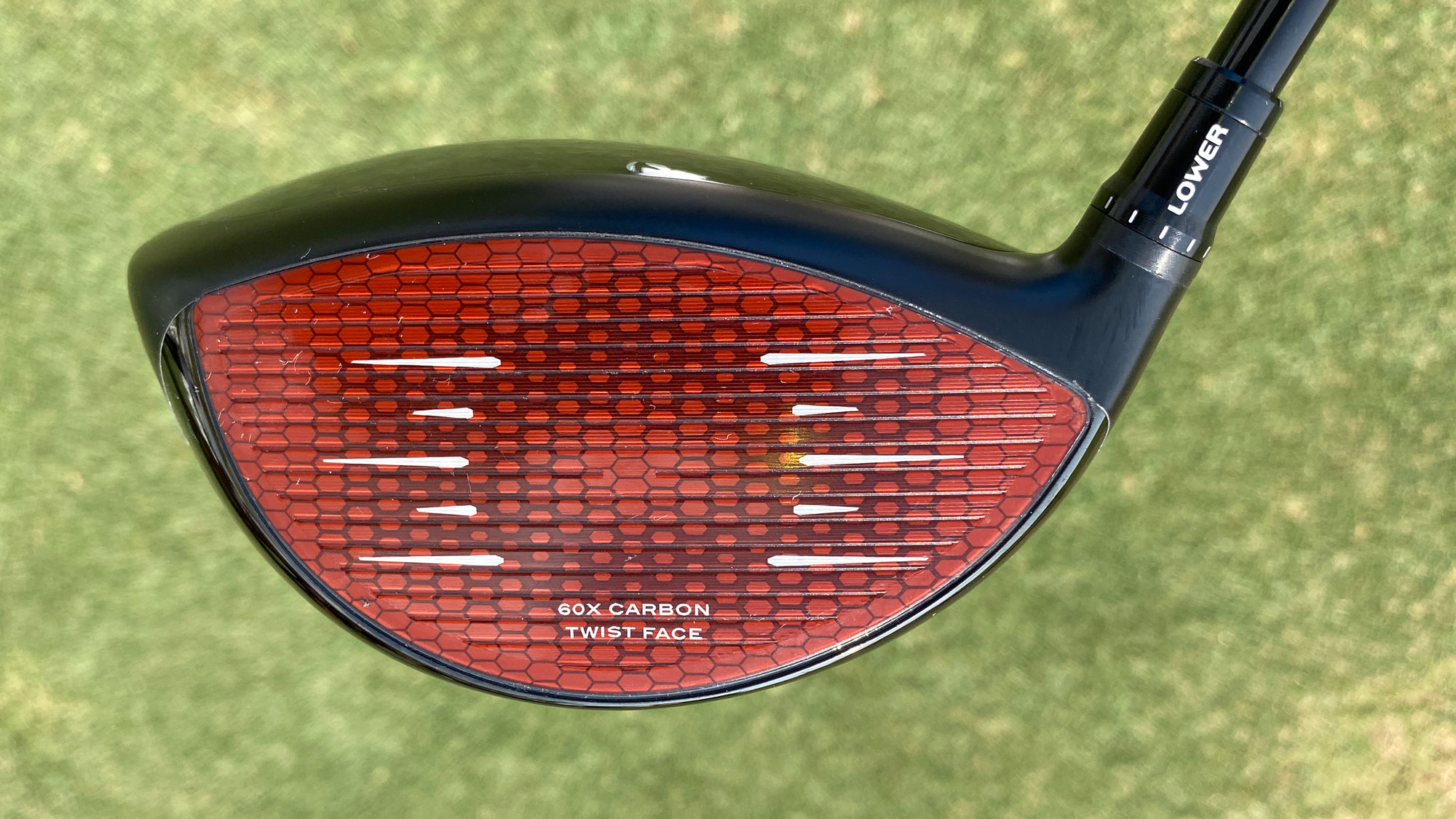
What's more, TaylorMade have introduced a brand new, larger address footprint and a lower CG projection than the Stealth 2 but, aside from the lighter third generation Twist Face, there really isn't much to separate the two in terms of technology, so perhaps there are more differences in the looks department.
Looks
Straight off the bat, it's clear that TaylorMade have made multiple changes in the aesthetics department, with the first key detail being the removal of the red face on the Stealth 2. When it was released, this was one of the biggest talking points but, in the Qi10, it has been replaced with a more subtle and less garish navy which we are pleased about.
Get the Golf Monthly Newsletter
Subscribe to the Golf Monthly newsletter to stay up to date with all the latest tour news, equipment news, reviews, head-to-heads and buyer’s guides from our team of experienced experts.
It's worth noting that the colour of the Stealth 2 was a lot better than that of the original Stealth, with the red made brighter to look less intimidating, but the navy face of the Qi10 just looks better sat behind the ball. Also, TaylorMade have introduced a more rounded look and we felt the proportions of the new model are perfect to the eye.
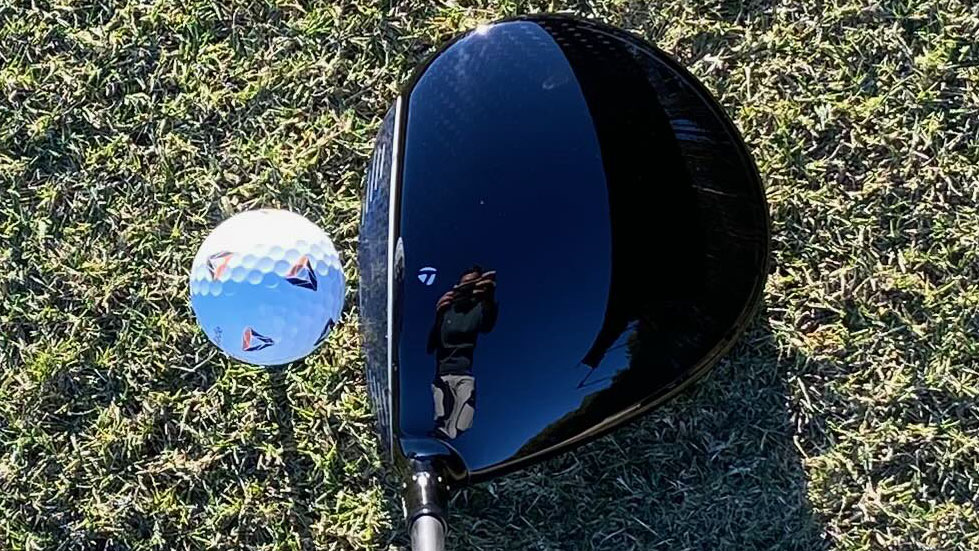
Qi10 at address
Another key difference between the two models is the multi-material banner strip that has adorned the top edge of TaylorMade drivers for years. In the standard Stealth 2, there was a red ring round the back of the head which highlighted the Carbon Reinforced Composite Ring technology. In the Qi10, this has disappeared and been replaced by a new gloss black infinity crown that covers the entirety of the top of the driver.
This will be personal preference, especially as we loved the red outline on the Stealth 2, as it gave a really smart aesthetic that was something different without being fussy. Compared to the Qi10, we don't have any particular strong views about the change and, if anything, the Qi10 looks clean and more minimalist now.
You may think that the Qi10 trumps the Stealth 2 in the looks department then, but there is one particular aspect where the Stealth 2 tops the Qi10, with the older model featuring weighting on the sole of the head, as well as an adjustable hosel. Granted, the Qi10 does feature adjustability on the hosel, but it doesn't feature weighting - just something to note aesthetically and performance wise.
Overall then, the differences in the looks department are certainly noticeable and one final point is that TaylorMade have also introduced a really handy, but unobtrusive, white accent line along the top edge of the Qi10. This significantly helps the alignment process compared to the Stealth 2 and that's why the Qi10 takes this section comfortably.
Feel
Before moving onto performance, we thought it'd be worth noting the feel of the Qi10 which, compared to the Stealth 2, is a touch more lively. Again, this will come down to personal preference, but one key aspect is that the Qi10 had a tighter dispersion, which gave us a real sense of security on tighter tee shots.
Aside from the more lively feel, both sit at the premium end when it comes to feel and both perform admirably. Whilst speed, spin and distance are almost identical, (more on that in the next section), there is a slight difference in this department.
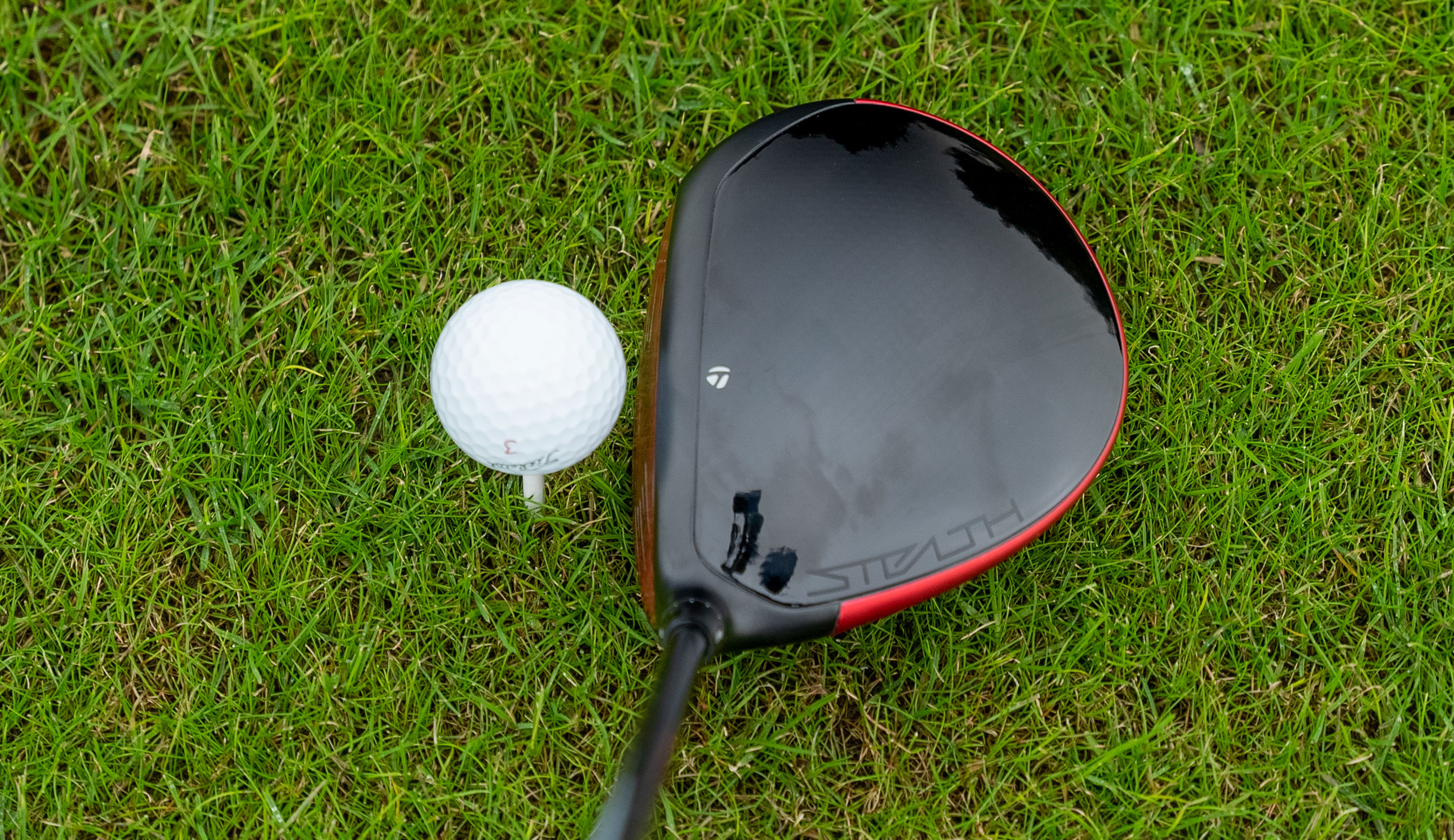
Stealth 2 at address
Performance
The final aspect is performance, an area which plays a huge part in the decision-making process. Off the bat, we included the Stealth 2 in our Editor's Choice awards for 2023, so we know it is a great performer. When we tested it against the original Stealth we did notice that the Stealth 2 spun a little more and, in the case of the Stealth 2 against the Qi10, it was similar.
In all honesty, and in terms of performance, the Qi10 hits the mark again but, when we tested it, the raw numbers did show some clear improvements from the Stealth 2. The stability is very evident too from Qi10, and the dispersion numbers were tight. Personally, we felt that this would only become more apparent over the course of time.
With the spin numbers being lower on the Qi10, it produced a lovely mid-height but penetrating ball flight that would be playable in any conditions. If not struck out the centre of the clubface, mis-hits were apparent from a feel point of view, but any ball speed drops were easily gobbled up by the high MOI of the Qi10.
The Qi10 is an excellent performer then and, in the case of the Stealth 2, it's a similar story, with one of the main standouts being the consistency of the ball flight. In our testing, we found that the ball flight remained impressively consistent throughout, but it's worth noting that the spin is around 300rpm more than the Qi10 (in our test at least), so you may need to make a shaft or loft change to help dial that spin down a fraction to maximize distance.

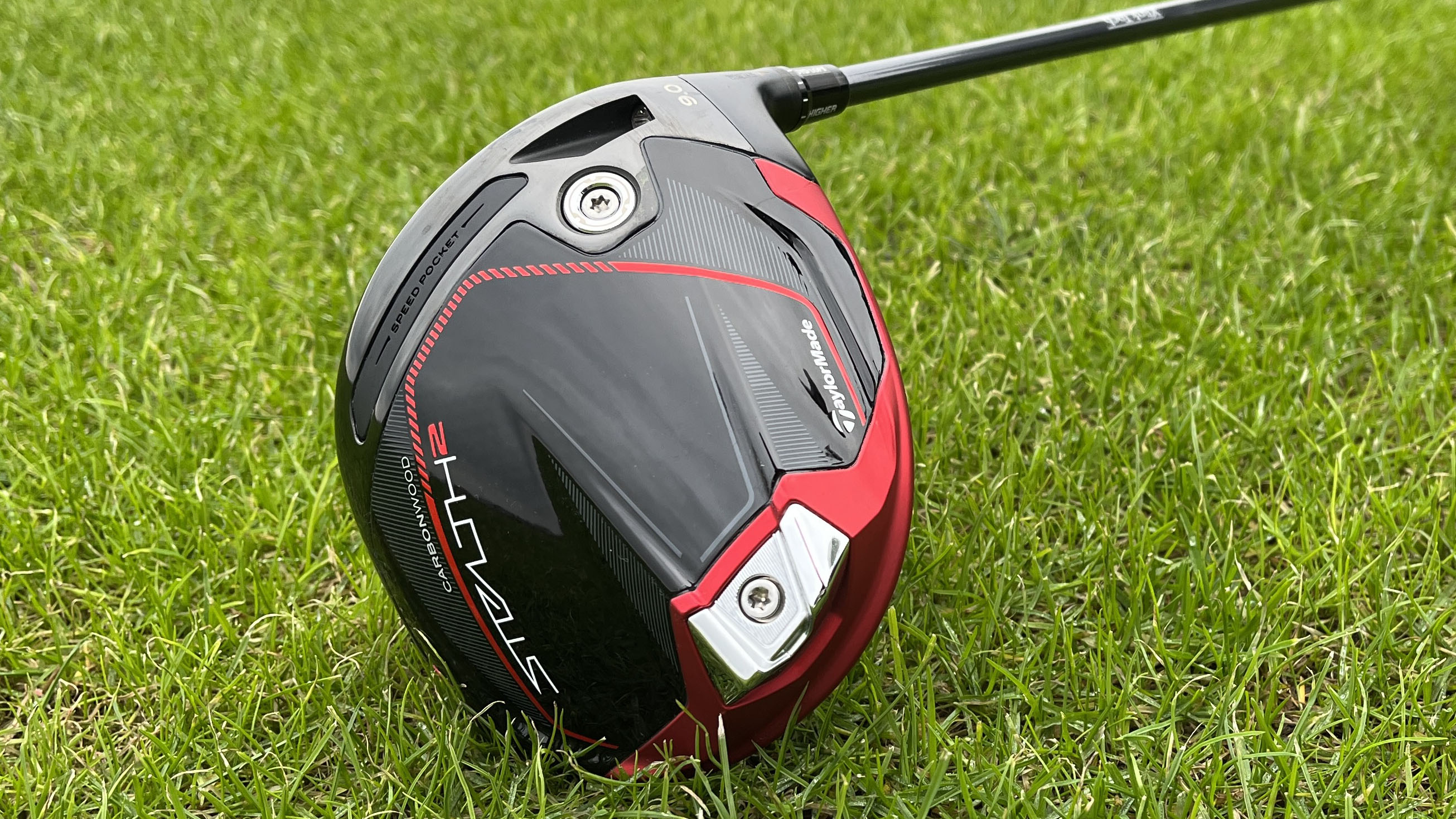
Which one should you choose?
Choose the Qi10 if...
- You want the latest release
- You want a more user-friendly look at address
- You want more forgiveness across the face
Choose the Stealth 2 if...
- You are wanting to increase your spin numbers off the tee
- You prefer a sharper, stealth-like look
- You want more adjustability from moveable weights and hosel

Joe has worked in the golf industry for nearly 20 years in a variety of roles. After a successful amateur career being involved in England squads at every age group, Joe completed his PGA degree qualification in 2014 as one of the top ten graduates in his training year and subsequently went on to become Head PGA Professional at Ryder Cup venue The Celtic Manor Resort. Equipment has always been a huge passion of Joe’s, and during his time at Celtic Manor, he headed up the National Fitting Centres for both Titleist and Taylormade. He’s excited to bring his knowledge of hardware to Golf Monthly in the form of equipment reviews and buying advice.
Joe lives in North Devon and still plays sporadically on the PGA West region circuit. His best round in recent years came earlier in 2023 where he managed a 9 under par 63 at Trevose GC in a Devon & Cornwall PGA Tournament.
Joe's current What's In The Bag?
Driver: Switch between TaylorMade Qi35 and Callaway Elyte TD - both with Fujikura Ventus Black 6-X
Fairway wood 1: TaylorMade BRNR Copper Mini Driver - Fujikura Ventus Black 7-X
Fairway wood 2: Callaway Apex UW 17˚- Fujikura Ventus Black 9-X
Irons: TaylorMade P7CB 3-PW with Dynamic Gold Tour Issue X100 shafts
Wedges: Callaway Opus 50, 54, and 60 degrees - Project X LS 6.0 shafts
Putter: LAB Golf Oz.1 (zero shaft lean)
Ball: TaylorMade 2024 TP5x
Grips: Golf Pride Tour Velvet 60R
Bag: Vessel Player IV Pro DXR Stand
- Matt CradockStaff Writer
-
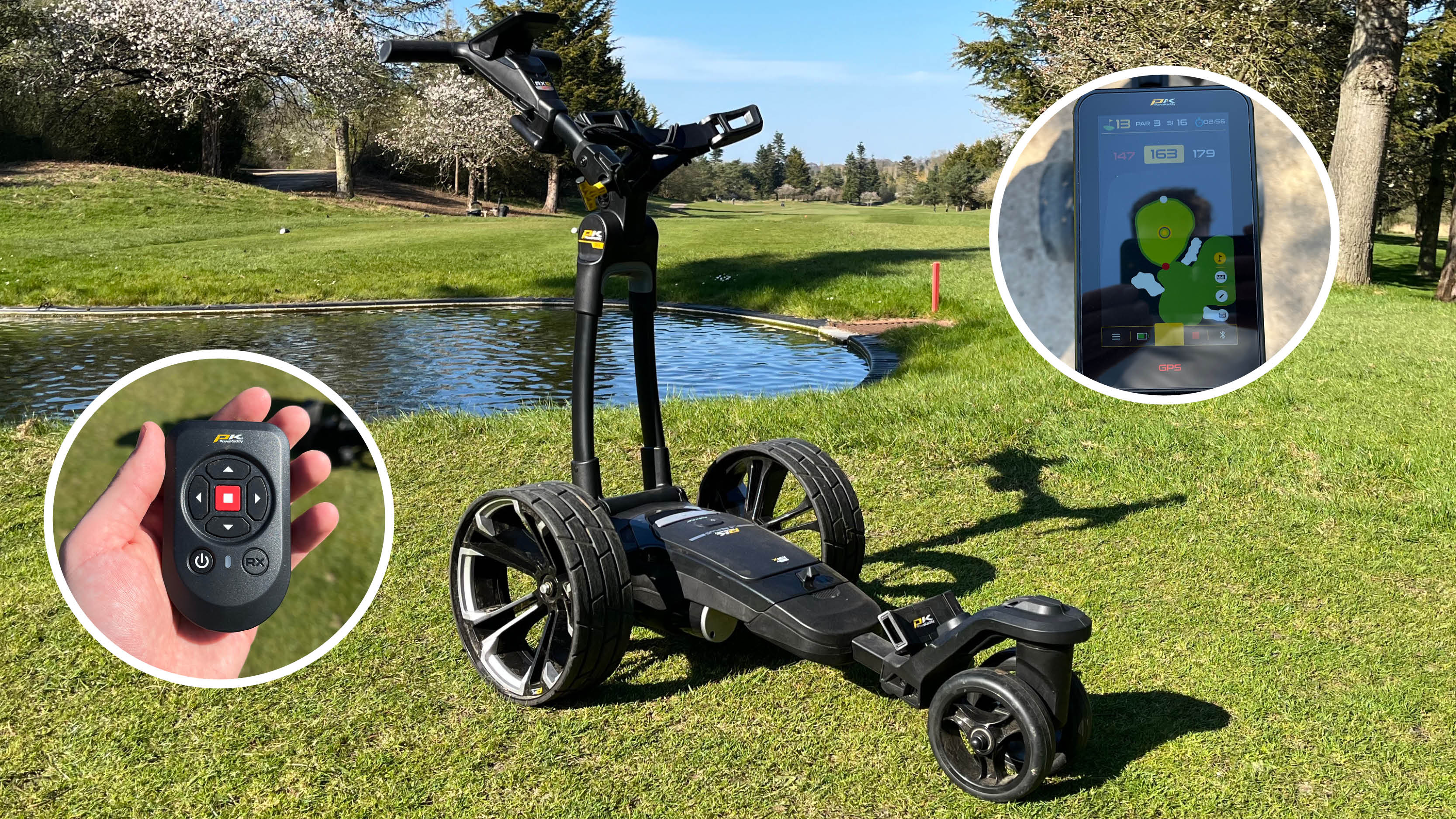 PowaKaddy RX12 GPS Electric Trolley Review
PowaKaddy RX12 GPS Electric Trolley ReviewPowaKaddy's flagship remote trolley has been given a huge update for 2025, but what was it like to use on the golf course?
By Dan Parker Published
-
 Why Justin Rose Didn’t Join LIV Golf
Why Justin Rose Didn’t Join LIV GolfJustin Rose looked at the possibility of joining LIV Golf before opting against a move
By Mike Hall Published
-
 Will This $10 Training Aid Propel Scottie Scheffler To Masters Glory?
Will This $10 Training Aid Propel Scottie Scheffler To Masters Glory?Going for his 3rd Green Jacket in 2025, is this cheap training aid the secret to Scheffler's success?
By Joe Ferguson Published
-
 Is Ludvig Aberg The Most Stylish Golfer At The Masters?
Is Ludvig Aberg The Most Stylish Golfer At The Masters?Ludvig Aberg is the face of the latest adidas Originals Golf collection this week at Augusta but what other golfers are catching the eye fashion-wise?
By Conor Keenan Published
-
 Can I Buy Bryson DeChambeau’s Reebok Golf Shoes?
Can I Buy Bryson DeChambeau’s Reebok Golf Shoes?The American US Open champion recently signed with Reebok and he is wearing shoes from the brand, but can you actually buy his shoes? We tell all...
By Sam Tremlett Published
-
 Jason Day Masters Outfit - What Is The Australian Wearing At Augusta National?
Jason Day Masters Outfit - What Is The Australian Wearing At Augusta National?It's more subdued than his first round outfit back in 2024, but Jason Day is sporting another striking Malbon outfit on the opening day of the Masters Tournament
By Conor Keenan Published
-
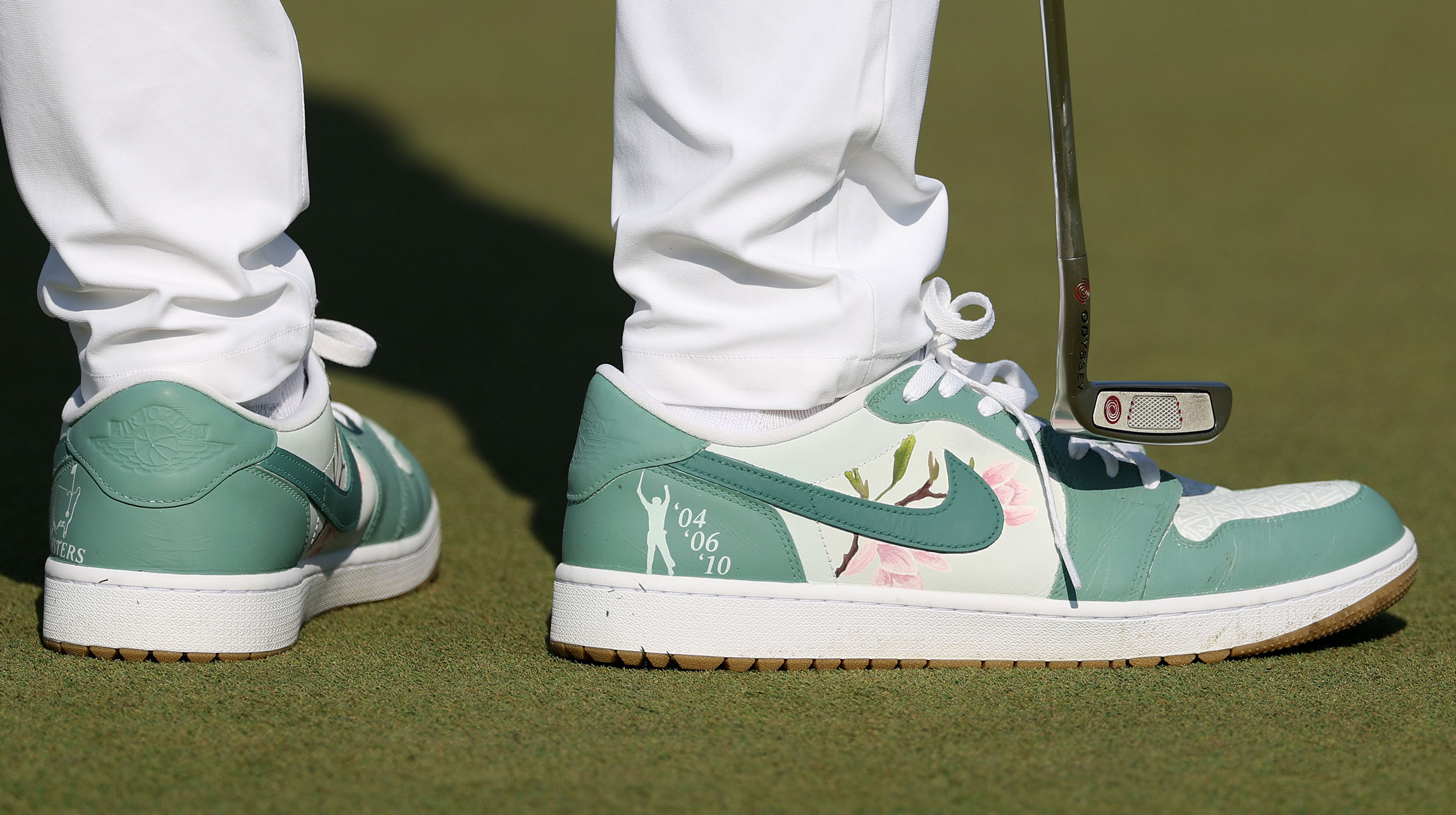 Spotted: Phil Mickelson's Masters Shoes Are Custom-Made And I Need To Get A Pair
Spotted: Phil Mickelson's Masters Shoes Are Custom-Made And I Need To Get A PairMickelson was spotted with custom Nike golf shoes at The Masters, and they might be the coolest thing I've seen this week.
By Sam Tremlett Published
-
 Spotted At The Masters: Nike's Limited Edition Shoes At Augusta National
Spotted At The Masters: Nike's Limited Edition Shoes At Augusta NationalNike athletes were spotted wearing some rather loud pink golf shoes at The Masters in 2025...
By Sam Tremlett Published
-
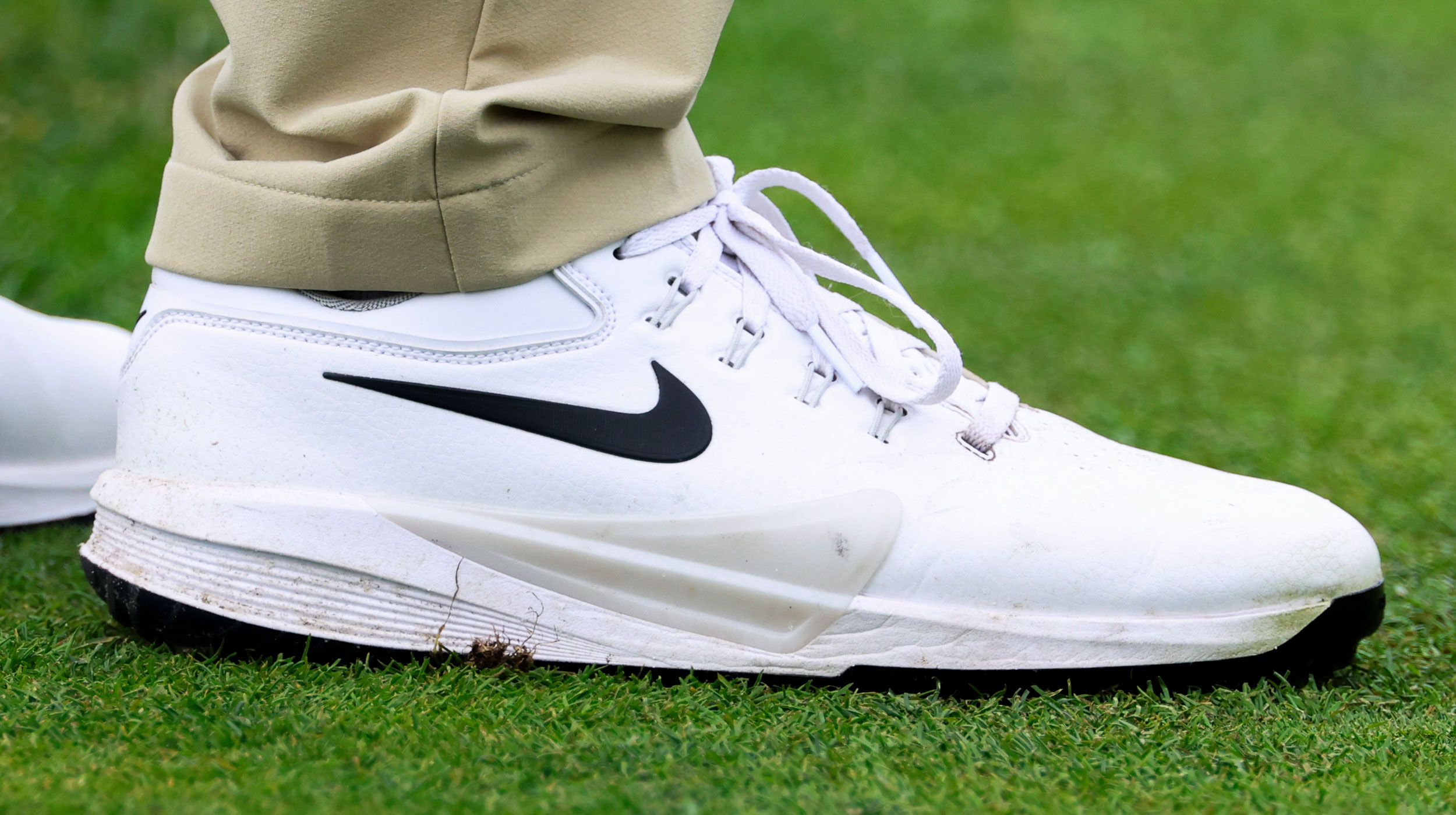 Scottie Scheffler's Secret Weapon? Nike Unveils New Shoe Co-Designed By The World's Best Golfer
Scottie Scheffler's Secret Weapon? Nike Unveils New Shoe Co-Designed By The World's Best GolferThe American world number one helped design the new Victory Pro 4, and now we can get it as well...
By Sam Tremlett Published
-
 There Is A Lot of Masters-Themed Gear Out There, So I've Picked Out My 13 Favorite Collections Right Now
There Is A Lot of Masters-Themed Gear Out There, So I've Picked Out My 13 Favorite Collections Right NowThis is the time of year that most brands release special edition gear to celebrate the first men's Major of the year, so we have collated our favorites.
By Sam Tremlett Published